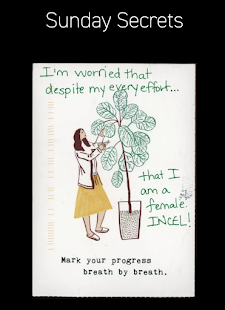Hypertext-Julia Danielson
In hypertext fiction, the relationship between the author and reader is unique in the sense that the author gives their trust and power in order to make the story feel more personal and rewarding to the reader. George Landow argues that such texts carry a “transference of authorial power” that offer a “decentered reading experience” (54-55). Retteberg explains how hypertext grew popularity at the peak of postmodernism. Without the shift from modernism to postmodernism, hypertext may have never gained attention. A literary postmodernism quality, Retteberg argues, that was influential on hypertext was the “shift away from linear storytelling toward a […] ‘fiction of possibilities’” (56). This shift allowed for experimenting with chronological order, narrative perspectives, blending of objective realties and possibilities/fantasies, intertextuality, meta fiction, and multilinearity.
I was interested in Retteberg’s definition of multilinearity: “digital hypertext seemed poised to exploit, a story that is not one progression of events, but many possible professions of events branching from the same tree” (59). Retteberg offers Robert Coover’s “The Babysitter” (1969) to be “one of the best examples in print of the idea of multilinearity” (59). So, I decided to read Coover’s short story and bring it to the table. The short story essentially follows a night of babysitting. The story is broken up by paragraphs and it jumps around from the experiences of the babysitter, the parents, the boyfriend, and the kids. What’s most interesting to me, is that the reader cannot tell if a paragraph follows an objective reality, the television, or a fantasy. The story is very sexual- which makes it clear that some paragraphs could be real experiences while others could be wishful daydreams. But, the “distinction between objective reality and fantasy falls away as we read” (58). Another part I found interesting is that every character is given a name, while the babysitter is only referred to as that. The babysitter is the center of every fantasy, so keeping her nameless allows the fantasizes to become… inhumane.
I was super upset I was sick on the play day for blackout poetry and Dada college because they are some of my favorite crafts :( I have done some exquisite corpses, but only with drawings and never sentences. But I really enjoyed the combination of the two! I actually have done blackout poetry during therapy and, although I was hesitant at first, it’s a very cool way to tap into your subconscious and create things you don’t know you’re really feeling!


You can still add a blackout poem! Coover's stories are often a bit twisted, but he is a genius at the multilinear pathways (think Everything, Everywhere, All at Once!) and multiple perspectives (which reveal subjective truth).
ReplyDelete